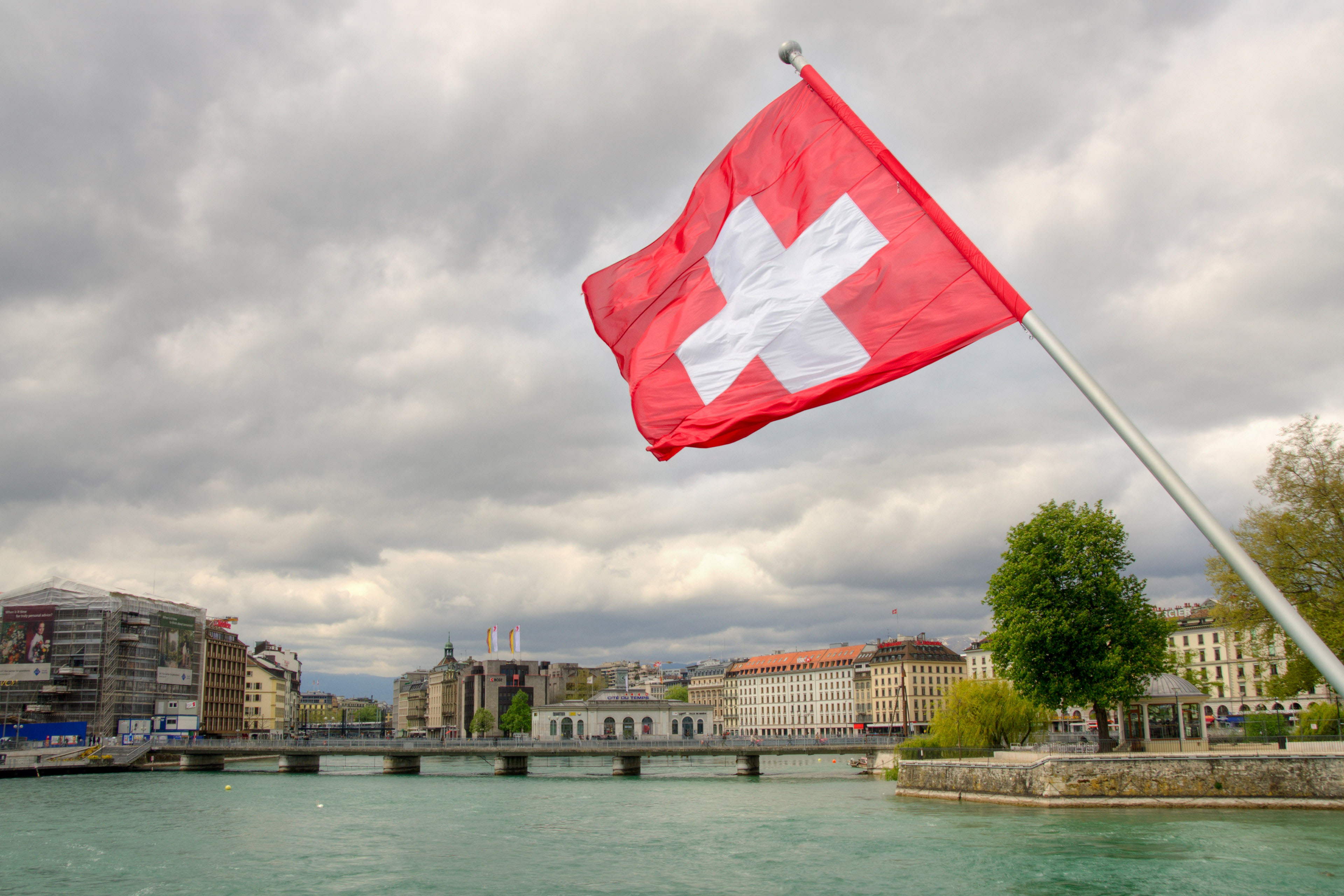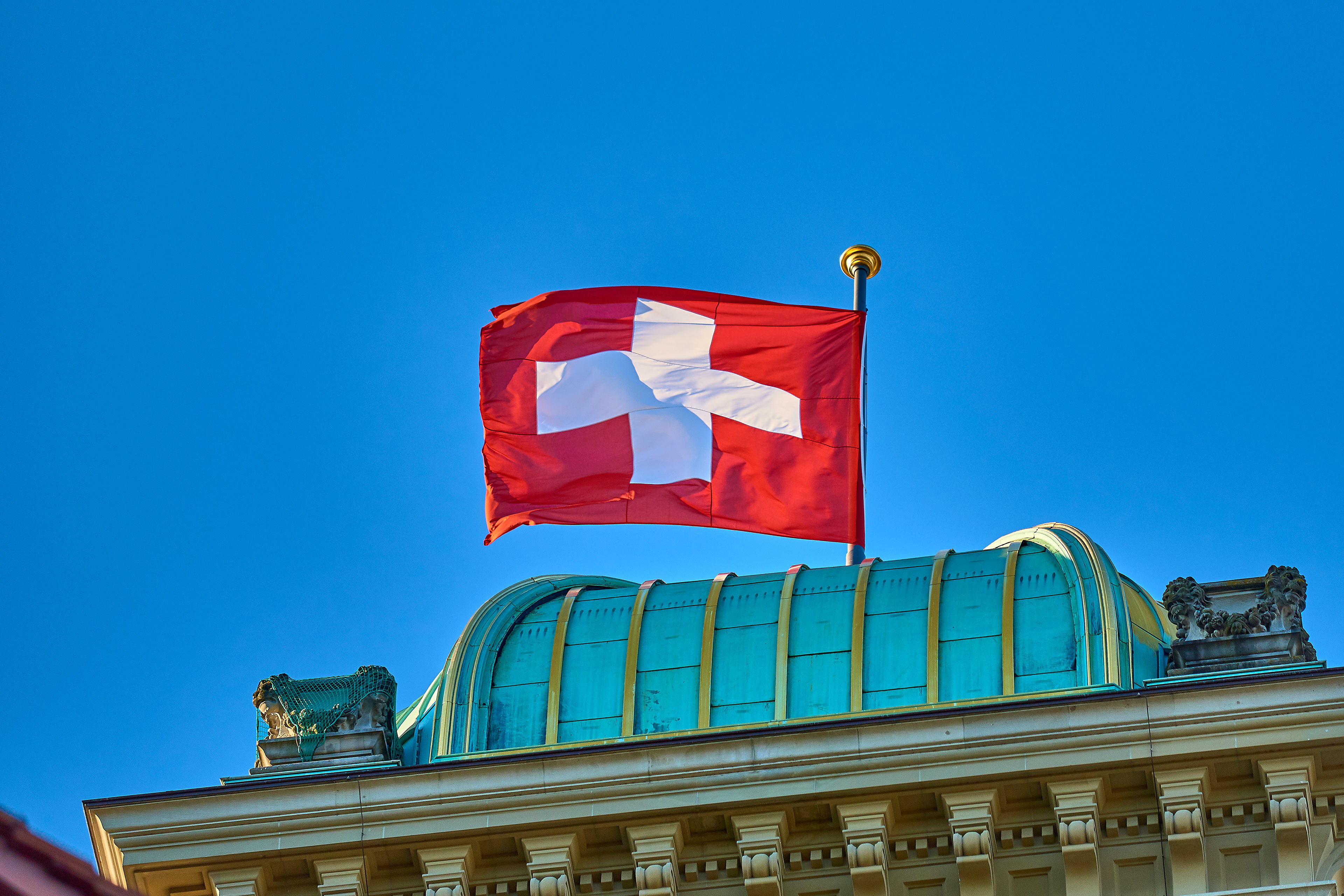EY refers to the global organization, and may refer to one or more, of the member firms of Ernst & Young Limited, each of which is a separate legal entity. Ernst & Young Limited is a Swiss company with registered seats in Switzerland providing services to clients in Switzerland.
How EY can help
-
EY Switzerland’s Financial Services Tax helps your business remain compliant, manage risk, and create value in the unique financial services ecosystem.
Read more
Operating models in light of the M&A surge
When a commodity trader grows through M&A, it is important to reevaluate the transfer pricing models to align with the new post-acquisition operational structure. The extent to which the TP model needs to change depends on the nature of the assets acquired and how closely the new entity will be integrated into the existing operations. For example, acquiring a stake in a company that strengthens the trader's role in the supply chain will likely require a reassessment of the factors that drive the current TP model (i.e., key value drivers of trading profit generation).
Similarly, if a trader acquires a company to establish a presence in a new geographical market, and the new company is expected to operate independently as a regional hub, the existing group TP model may not need significant changes. In such cases, the traditional centralized TP approach, which assumes an integrated operation sharing global profits, may not be suitable. Instead, transactions between the new entity and the rest of the group will likely be of supportive nature and a routine return will be in line with the arm's length principle.
Challenges and opportunities of GloBE Model Rules
The BEPS project has brought challenges and opportunities for commodity traders. The main challenge has been the alignment of TP outcomes with value creation, specifically the high scrutiny of contractual and actual allocation of risks, the financial capacity to bear risks as well as the exercise of control over risks (i.e., people functions). Since risks and capital follow functions, the people functions are considered to be executed wherever the traders are based, the key risks borne and the capital employed. A pragmatic way for tax authorities to identify where all this happens, i.e., the location, is by verifying the remuneration of employees assumed to carry out the people functions. Typically, high compensation with a variable component linked to the company’s profitability is an indicator used to confirm the actual location of the people functions and thus the allocation of profits. When there is a discrepancy between the location of capital and people functions, the risk-adjusted return attributed to capital might be adjusted downward to not more than a risk-free return.
The burden of aligning substance with value creation did not prevent taxpayers from migrating to low-tax jurisdictions. However, the global minimum tax rate imposed by the OECD’s Global Anti-Based Erosion (GloBE) Model Rules is currently leveling the playing field and preventing groups from keeping their group effective tax rate below such minimum. For commodity traders – especially for those with vertically integrated shipping activities – this is an opportunity to generate income not subject to the global minimum tax rules.







